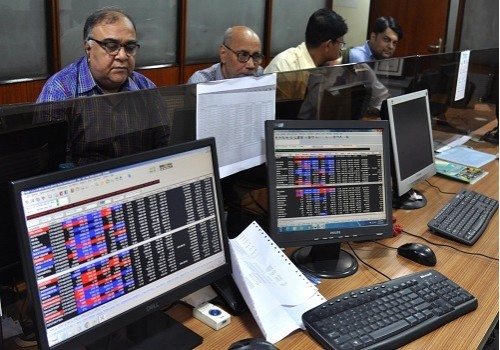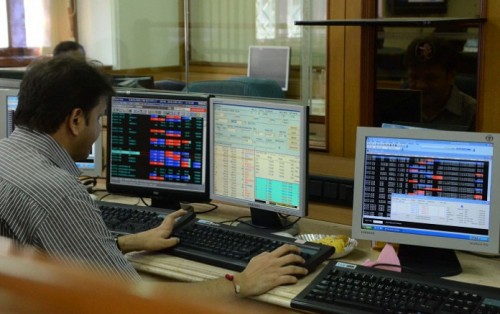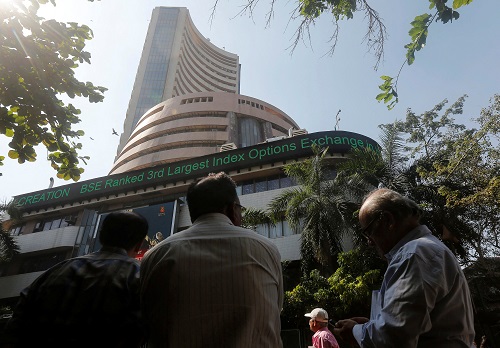Opening Bell: Markets to get negative start amid mixed cues from Asian peers
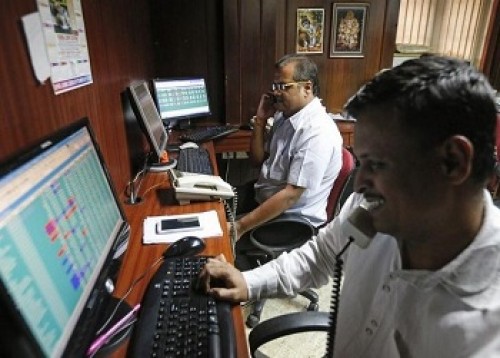
Follow us Now on Telegram ! Get daily 10 - 12 important updates on Business, Finance and Investment. Join our Telegram Channel
Indian markets clocked gains on the first trading day of calendar year 2023 on the back of buying seen in metal stocks and GST revenues surging 15% to Rs 1.49 lakh crore in December 2022. Today, markets likely to get negative start amid mixed cues from Asian peers. Foreign fund outflows likely to dent sentiments in the domestic markets. Foreign institutional investors (FII) net-sold shares worth Rs 212.57 crore on January 2, as per provisional data available on the NSE. Traders will be concerned as the IMF chief has said a third of the global economy will be in recession this year, and warned that 2023 will be tougher than last year as the US, EU and China will see their economies slow down. Traders may take note of Assocham’s statement that India's economy is expected to navigate rough global weather in 2023 due to resilient consumer demand, better corporate performance and abating of inflation, even as the year is likely to be full of challenges and opportunities. Meanwhile, the Budget Session of Parliament is likely to begin on January 31 and is expected to conclude on April 6 with a recess in between. There will be some reaction in oil industry stocks as India has raised windfall tax on petroleum, crude oil and aviation turbine fuel, according to a government order dated January 2. It raised windfall tax on crude oil to 2,100 rupees ($25.38) per tonne from 1,700 rupees ($20.55), effective on January 2. Railways stocks will be in focus as the railways ministry said during the month of December 2022, originating freight loading of 130.66 million tonnes (mt) has been achieved against loading of 126.8 mt in December 2021, which is an improvement of 3 per cent over last year. Freight revenue of Rs 14,573 crore has been achieved against Rs 12914 crore freight earnings in December 2021, thereby an improvement of 13 per cent over last year. There will be some buzz in oil marketing companies (OMCs) stocks with report that export of petrol by Indian OMCs rose 142 per cent in a year between 2020-21 and 2021-22, while there was a miniscule rise of less than 1 per cent in export of diesel during the same period.
The US markets remained closed on Monday on account of New Year's. Asian markets are trading mixed on Tuesday as most of the region kicks off their first trading sessions for the year.
Back home, Indian equity benchmarks ended the first trading session of 2023 with gains of over half percent each led by buying in Metal, Telecom and Realty stocks amid a firm trend in European markets. The benchmarks have made a positive start as sentiments got boost with the Finance Ministry stating that gross GST revenue receipts in December 2022 totalled nearly Rs 1.5 lakh crore, up 15% year-on-year. It mentioned monthly GST revenues more than Rs 1.4 lakh crore for 10 straight months in a row. Buying further crept in as a private survey showed that with business conditions improving to the greatest extent in over two years, India's manufacturers ended 2022 on a sweet note. Manufacturers scaled up production and the upturn in output was sharp and the best seen since November 2021. The manufacturing purchasing managers' index, compiled by S&P Global, rose to 57.8 in December from November's 55.7. This reading is the highest since October 2020 and above the 50-mark that separates growth from contraction for an 18th straight month. However, key gauges trimmed some of their gains in late afternoon deals, as some concern came with RBI’s data showing that India's forex reserves dropped by $691 million to $562.81 billion as of December 23, making it the second consecutive week of decline in the kitty. The overall reserves had dropped by $571 million to $563.499 billion in the previous reporting week, snapping a five-week trend of an increase in the kitty. But, markets soon gained traction to end near day’s high points, as traders got encouragement with data showing that the output of eight core industries increased by 5.4 per cent in November 2022 as against a 3.2 per cent growth in the same month last year on a better show by coal, fertiliser, steel, cement and electricity segments. Some optimism also came as a Labour Bureau stated that retail inflation for industrial workers eased to 5.41 per cent in November 2022 as compared to 6.08 per cent in October 2022 and 4.84 per cent in November 2021 mainly due lower prices of certain food items. Food inflation stood at 4.30 per cent in November 2022 against 6.52 per cent of the previous month and 3.40 per cent during the corresponding month a year ago. Finally, the BSE Sensex rose 327.05 points or 0.54% to 61,167.79 and the CNX Nifty was up by 92.15 points or 0.51% to 18,197.45.
Above views are of the author and not of the website kindly read disclaimer






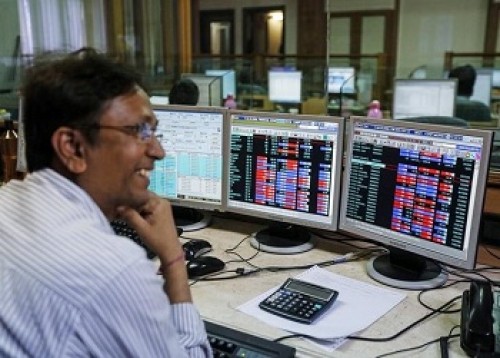

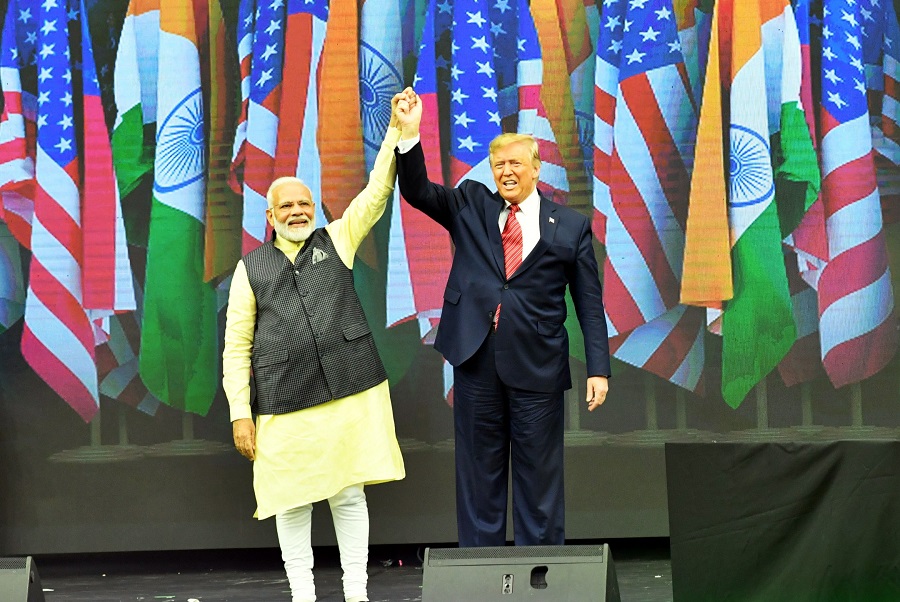

Tag News

Weekly Market Analysis : Markets strengthened recovery and gained nearly 2% in the passing w...
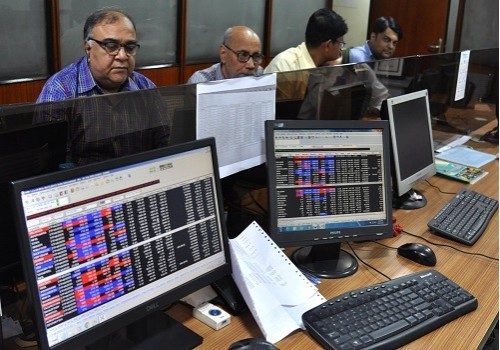
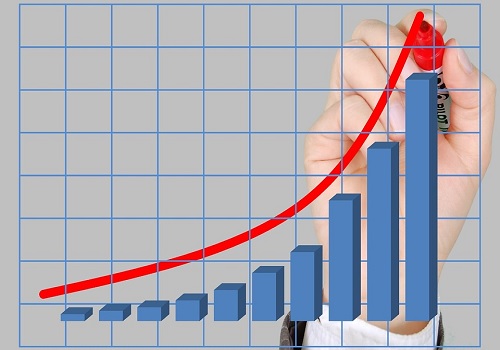
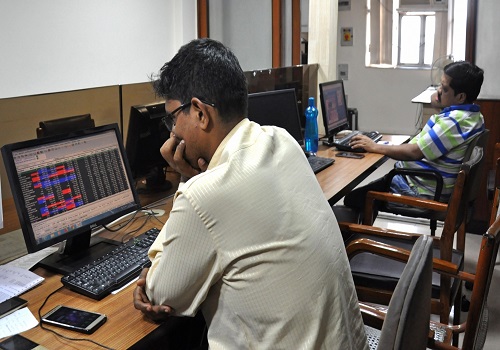
More News

Fed rate hike quote by Sunil Damania, MarketsMojo
